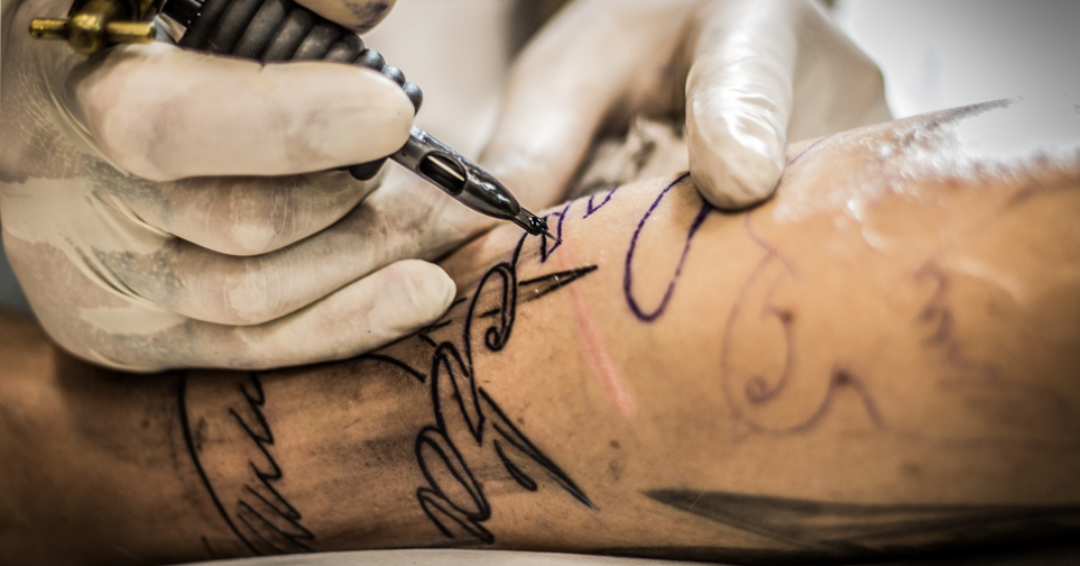Tattooing is often perceived as a form of aesthetic expression, but it can also serve a reconstructive purpose, particularly in correcting or camouflaging imperfections. This is the case with paramedical tattooing, a hyper-realistic form of tattooing that perfectly mimics the skin’s colour to conceal scars, burns, and other skin issues.
So, what is it for?
One of the primary uses of paramedical tattooing is to correct scars, whether caused by accidents, surgeries, or burns. By covering the marks left by these events, dermopigmentation offers patients a way to achieve smoother and more aesthetically pleasing skin without visible scars.
Paramedical tattooing is also employed to recreate areolas after a mastectomy. This procedure, often performed after breast cancer, can be a key step in the process of physical and mental reconstruction. By precisely redrawing the areolas, tattooing restores a natural appearance and/or lost symmetry, helping patients reconcile with their appearance.
Another application of this type of tattooing is scalp micropigmentation. Also known as trichopigmentation, this technique is used to conceal baldness, permanent scars, or localised hair loss. The professional meticulously applies dots to the scalp, creating an illusion of hair density. This technique is also used to recreate eyebrows (microblading).

Finally, this technique can address certain pigmentation disorders such as vitiligo, characterised by a lack of pigmentation (loss of melanin) over varying areas of the skin. Paramedical tattooing can, in cases of stable vitiligo, help even out skin tone and reduce the appearance of patches caused by the condition. This generally requires two to four sessions lasting 2 to 4 hours, depending on the size of the area being treated. Touch-ups may be necessary every 2 to 4 years depending on the progression of the vitiligo.
A solution for well-being

The impact of paramedical tattooing goes beyond aesthetics; it plays a crucial role in the emotional reconstruction of the patient. After experiencing physical trauma, regaining skin with a more familiar appearance can significantly help reconcile mind and body, improving how patients perceive themselves.
Indeed, patients who have undergone surgeries, severe accidents, or illnesses such as breast cancer often feel a deep discomfort about their body image. By concealing scars or recreating features like nipples, paramedical tattooing allows patients to fully recognise themselves in their reflection.
Techniques used
The number of sessions required and the process itself will depend on the type of dermopigmentation the patient seeks. Generally, the tattooist conducts an initial consultation to assess the client’s needs, determining the best approach and selecting pigments that match the skin tone and type of correction required.
The procedure resembles traditional tattooing but involves more precision and attention to detail to ensure a natural and uniform result. The skin is carefully prepared and cleaned by the tattooist, and as with traditional tattooing, sterile, single-use needles are employed. During the process, pigments are injected into the skin, and a dressing is applied to the tattooed area.
Finally, as with all types of tattooing, monitoring the healing process is crucial since it affects the post-tattoo outcome. If any issues arise, do not hesitate to consult your tattooist and schedule a follow-up appointment for touch-ups if necessary.

How to take care of your tattoo?

